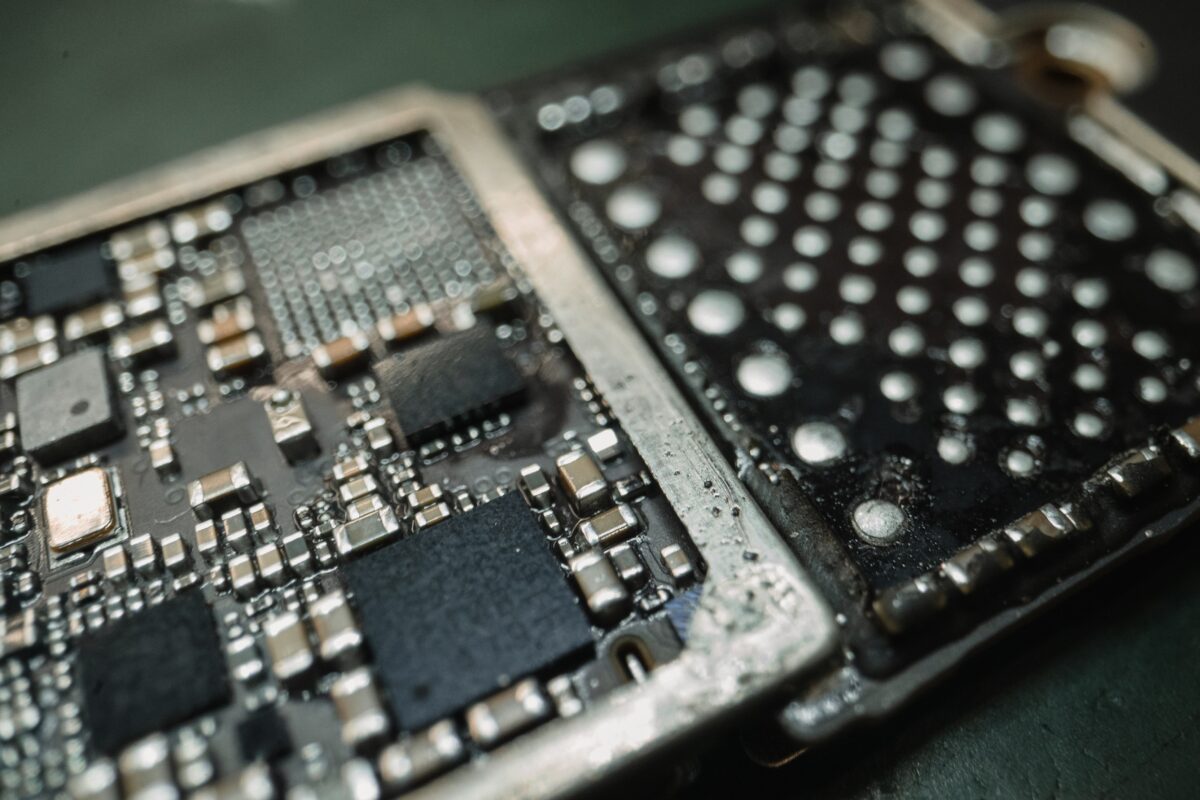What is causing the surge in semiconductor and passive components?
As the world becomes smarter and more connected, the components used in electronic circuits are seeing a surge in demand.
Semiconductors and passive components (resistors, capacitors, inductors, transforms) are seeing a surge in demand as chip-heavy vehicles, consumer electronics and smart, Internet of Things devices are produced in larger quantities.
This demand is creating a shortage of semiconductors, integrated circuits and passive components. The situation today is that the factories that make certain components can’t make enough of them. This squeezes supply chains and ramps up the price, creating a high level of inflation passed down the supply chain.
The surge in semiconductor and passive component demand has reached an inflexion point. Demand has outstripped supply for many components, leading to car manufacturing lines shutting down and companies delaying product launches.
Tailwinds fuelling demand
- Smart vehicles
- Consumer electronics
- Military technology
- Internet of Things
- Data centres
- 5G
- Satellites
- Artificial intelligence and robotics
At no other point in history has there been so many exciting technologies developing at the same time. However, while exciting, these technologies are putting strain on the electronic components supply chain.
Passives surge
Passive components include resistors, capacitors, inductors, and transforms in various specifications. There are thousands of makes and unit models. They are essential to making electronic circuits. Without passives, there are no circuits!
Cars, electronics, satellites, 5G, data centres, Internet of Things, displays, and everything else powered by electricity, depends on passives. As devices get smarter, more components are needed, creating a cycle that will only go up.
Passives shortage
Certain diodes, transistors and resistors are in shorter supply than in 2020. This is partly because of the coronavirus pandemic, which impacted manufacturing lines. Still, many manufacturers also shifted manufacturing investment to active components with a higher margin, creating a supply imbalance.
Even without these significant bottlenecks, the supply of passive components is downward while demand goes up. For example, a typical smartphone requires over 1,000 capacitors and cars require around 22,000 MLCCs alone. We’re talking billions of passive components in just two sectors.
Semiconductor surge
Semiconductors (chips, in this case, not the materials) are integrated circuits produced on a piece of silicon. On the chip, transistors act as electrical switches that can turn a current on or off. So, semiconductors and passives are linked.
Chips are effectively the brains of every computing device. Demand for chips is increasing as circuits become more complex. While chips are getting smaller, manufacturing output is only slowly increasing, creating a supply shortage.
Semiconductor shortage
The semiconductor shortage was years in the making, but things came to a head when the coronavirus pandemic hit.
At the start of the pandemic, vehicles sales dived. In response, manufacturers cancelled orders for semiconductors and other parts. Meanwhile, electronics sales exploded, filling the semiconductor order book left by the automotive sector. When vehicle manufacturing ramped up again, there weren’t enough chips to go around.
Manufacturing limitations are confounding the problem. It takes 3-4 years to open a semiconductor foundry or fabless plant, but investment in new plants in 2018 and 2019 was low. So, new plants are few and far between.


